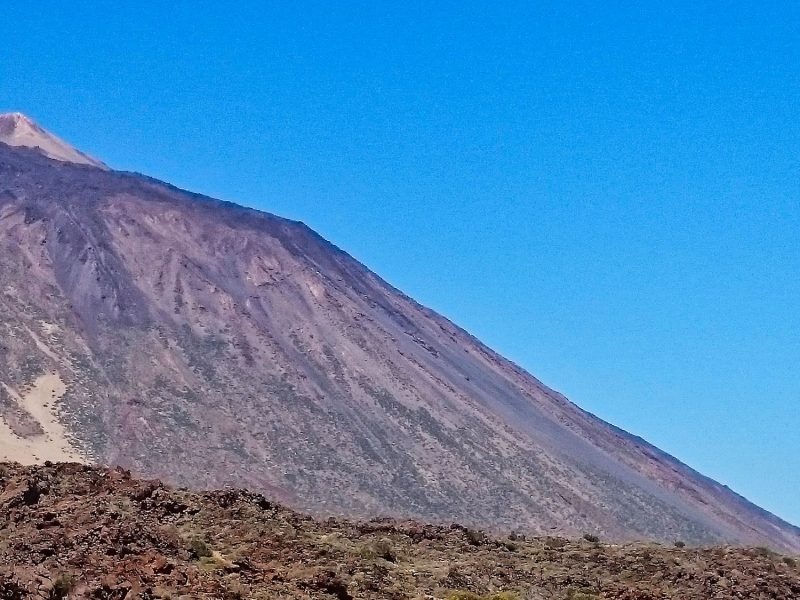A short history
The history of Tenerife: The island’s name, Tenerife, appears to have been first used by the inhabitants of La Palma who referred to it as Tinerife – or White Mountain (defined by ‘Tiner’ meaning ‘mountain’ and ‘ife’ meaning ‘white’). From the coasts on La Palma, it was possible to see the snow-capped peak of Teide. Like its close neighbour, Gran Canaria, settlers soon came to the island from all over Europe – in particular Spain, France, Italy, Portugal and Britain. This is a pattern which continues to this day.
Santa Cruz de Tenerife – as important then as it is now
Santa Cruz de Tenerife was nominated as the capital of the Canaries in 1821 by the Spanish parliament in Madrid. At that time, Santa Cruz was main port and business centre of the island. This decision was resented by the inhabitants of Las Palmas de Gran Canaria who resisted rule by their neighbour until 1927 when the Spanish decided to split the islands into two separate provinces. Santa Cruz became the administrative capital of Tenerife, La Gomera, El Hierro and La Palma. Las Palmas de Gran Canaria became the capital of Gran Canaria, Fuerteventura and Lanzarote.
The modern day arrangement has Santa Cruz de Tenerife and Las Palmas de Gran Canaria sharing the administrative duties and regional capital status with one another. You can read a much more detailed history of Tenerife here.

